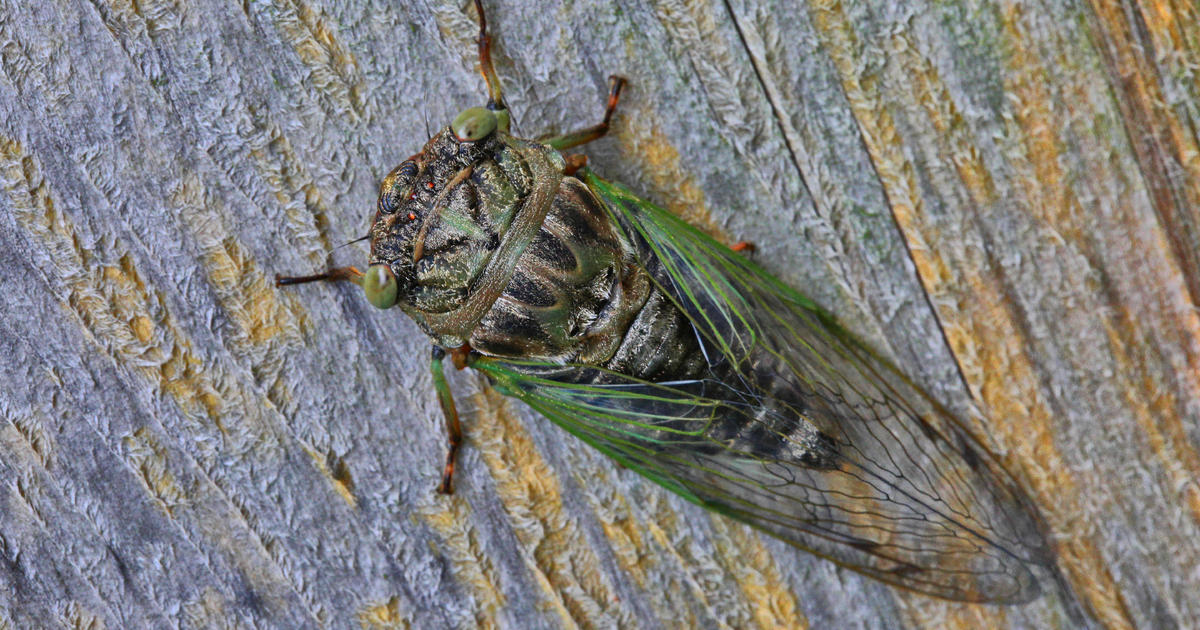Dietitian Explains What 'No Added Sugar' Really Means
MINNEAPOLIS (WCCO) -- An estimated 45 million Americans go on a diet every year, according to the Boston Medical Center, and with that comes a seemingly endless number of "healthy" food options.
Registered Dietician and Kowalski's Markets Nutritionist Sue Moores walked through the aisles at a local grocery store to help clarify what certain claims mean.
She started with cereal, comparing traditional Cheerios to Blueberry Cheerios. She likes the traditional Cheerios for their high fiber count and first listed ingredient: Whole grain oats.
Blueberry Cheerios aren't necessarily unhealthy when used as an alternative to high-sugar, high-fat desserts and snacks, but for breakfast, Moores suggests food with more nutrition. The General Mills cereal uses blueberry puree concentrate, which has essentially boiled the fruit down to a sugar. A good swap, she says, would be a cereal with antioxidants, or traditional Cheerios with a handful of blueberries.
"They play together," Moores said. "When you just have a lot of Vitamin B, or a lot of Vitamin C, it doesn't necessarily do nearly as much for your body as if it came in the whole package of the other nutrients that were in that food. We're learning such a synergy between [every part of the fruit or vegetable], including the fiber."
People who want to cut back on sugar might be tempted to purchase foods that claim "zero grams of added sugar." Moores encourages consumers read the nutrition label and ingredients to get a better idea of where the sugar comes from.
The Food and Drug Administration lets manufacturers use the term when sugar isn't added during processing. So even if "sugar" itself isn't a listed ingredient, it might be disguised in fruit concentrate, which Moores sees as identical to sugar, especially when the product lacks fiber and vitamins.
"It's true that they have not added sugar meaning the white powdery sugar, so that is true," said Moores, holding a fruit leather bar claiming zero grams of added sugar. "But as you read the ingredient list, all of those elements are essentially sugar."
To add context to the numbers, Moores points out four grams of sugar on the nutrition label, saying that equals one teaspoon of actual sugar.
Ultimately, she urges consumers to enjoy what they eat, while having an understanding of what it is they're eating.



